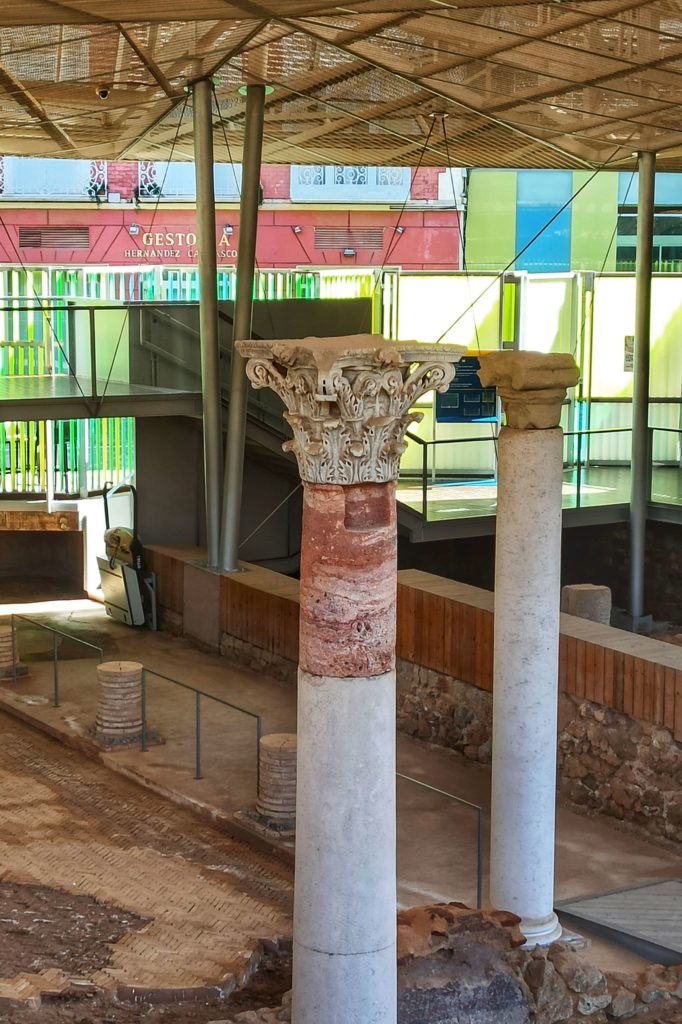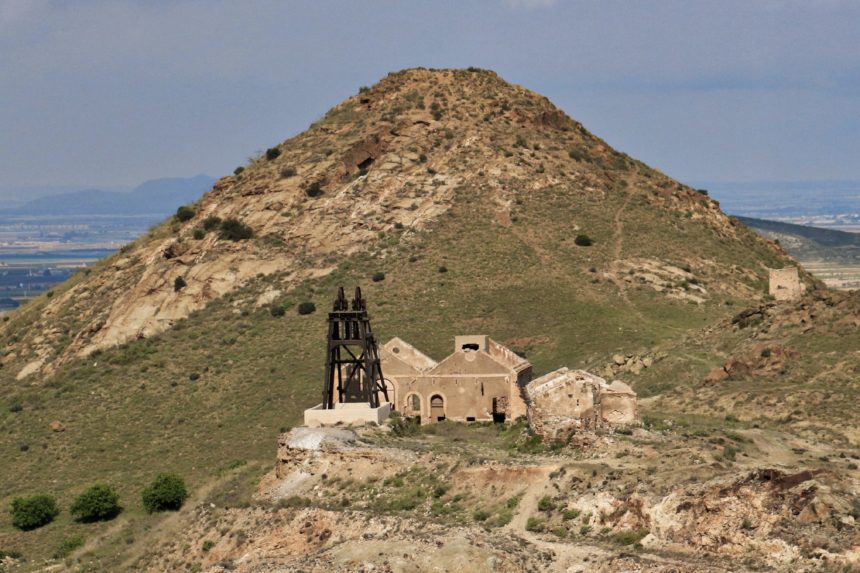When we think of the south of Spain, normally we think of Andalusia or the Arabic heritage. But the Mediterranean also has remains of the Roman and cartagines times. A good example is the city of Cartagena, Cartago nova.
Cartagena is located in the Region of Murcia, a place between Valencia and Andalusia, and her heritage is unique. A good example is the Roman forum of the city of Cartagena, a cruise destination very popular these days.
A city with centuries of history
When you are arriving in Cartagena, whether you are coming by the port or by train, you are going to notice that the town preserves modernist buildings that are the legacy of a rich past linked to the mining industry. An industry established by the Roman. Talking about Carthage Nova and Cartagena means talking about the incredible Roman theatre that was found almost by chance.
Let me put it in context
In 1988, work began on the construction of the Regional Crafts Centre and as the houses were demolished, steps began to appear. After a few years of neglect, excavation was resumed and an ambitious archaeological project was undertaken, which rescued from the oblivion of time a theatre dedicated to Lucius and Gaius Caesar and dated between 5th and 1st BC. In the 5th century, Cartagena was invaded and destroyed by the Vandals, the theatre was badly damaged and remained in disuse for about 100 years until Justinian ordered the construction of a Byzantine commercial quarter. Six centuries later, in the 12th century, the Cathedral of Santa María la Vieja was built on top of this old Byzantine quarter. But the Roman remains of this article are not the amazing and well-known theatre, it’s another place found, again, by chance: the forum, the Roman quartier or, also called, “El molinete”.

The forum “el molinete”
The Roman forum is a complex made up of two insulae consisting of the thermal baths of the port, a porticoes square, the atrium building, and a Temple of Isis and Seraphs. This small temple, located between different insulae tells us about commercial and cultural connections. The temple of Isis.
Isis? You may ask. Yes, the cult of the main Egyptian goddess was spread by the sailors and when they arrived in this port city, the Romans assimilated her cult as their own. The discovery of this temple was a turning point in the study of Nilotic rites in the Iberian Peninsula.
A temple for Isis
The temple isn’t the only place that will leave you speechless. In the Forum Museum, a building inaugurated in 2020, where modernity and history complement each other perfectly, you can see mosaics, sculptures, cornucopia, and others.
To sum up, the reasons why you should visit this city founded by Asdrubal, father of Hannibal, suffice it to say that the windlass is one of the largest urban sites in Europe and that here you can see, at a glance, all the vestiges of the city’s past: the remains of a Punic wall, the sanctuary from the same period. Remains of a Republican wall, the thermal complex, and others. A total of 2,600 km2 of history and heritage.
XXXXXXXXXXXXXXXXX